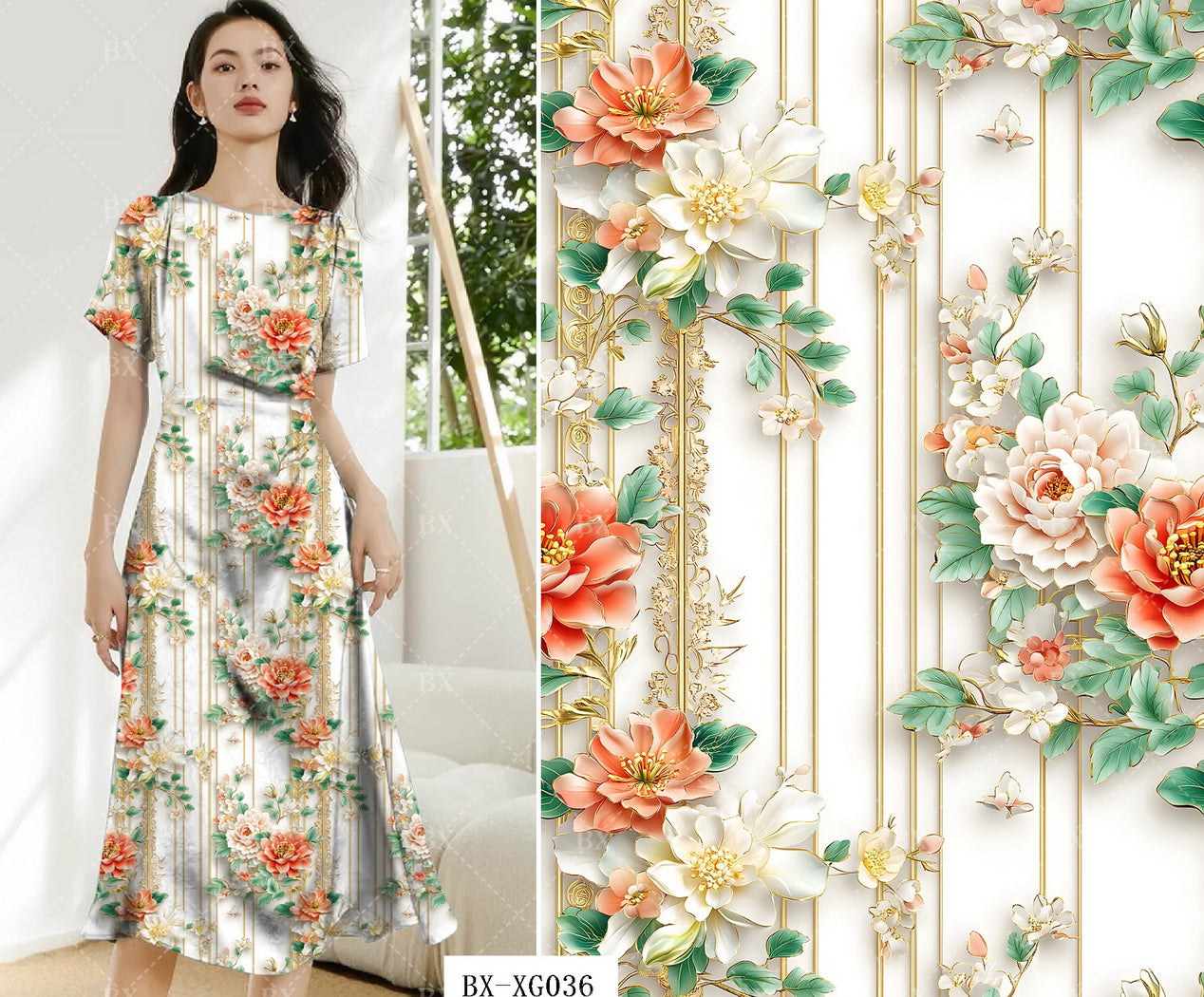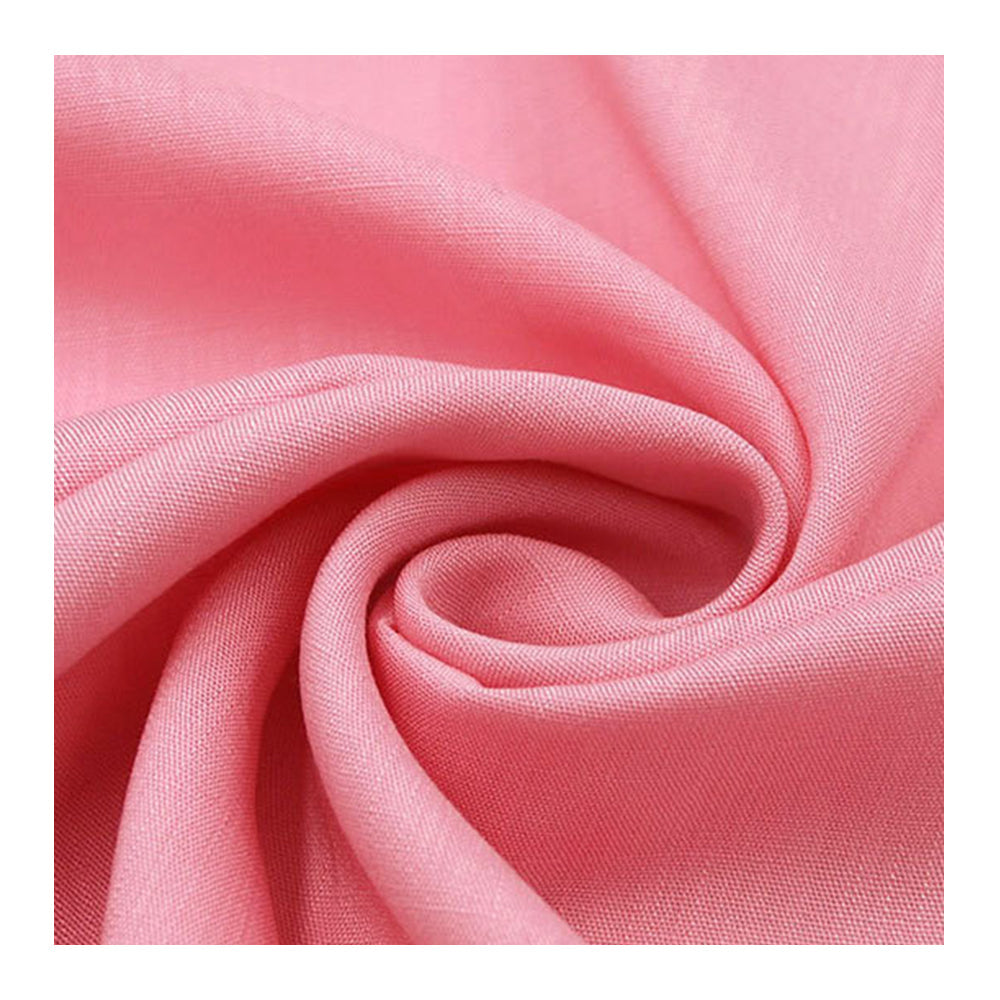Digital Printed Fabrics: A Comprehensive Guide to the Revolution in Textile Design
The textile industry has undergone a significant transformation in recent years, thanks to the advent of digital printing. This innovative technology has revolutionized the way we create and design fabrics, offering a plethora of advantages over traditional printing methods. In this article, we delve into the key differences between digital fabric printing and traditional fabric printing, exploring their respective strengths, weaknesses, and applications. We will also cover all the relevant Google English keywords for digital printed fabrics to provide a comprehensive overview of this exciting field.
Digital Fabric Printing: A Modern Marvel
Digital fabric printing, also known as inkjet fabric printing, employs advanced inkjet technology to directly transfer designs onto fabric. This process eliminates the need for traditional printing plates or screens, making it a more efficient and versatile option. Custom printed fabric and personalized fabric have become increasingly popular due to the rise of digital printing, allowing individuals and businesses to create unique designs on demand.
Traditional Fabric Printing: A Legacy of Craftsmanship
Traditional fabric printing encompasses a range of techniques that have been used for centuries. These methods typically involve creating a pattern on a printing plate or screen and then transferring the ink onto the fabric. Traditional printing methods include screen printing, rotary screen printing, and block printing. While these methods have a rich history, they often involve higher setup costs and longer production times compared to digital printing.
Key Differences: A Comparative Analysis
- Printing Process:
- Digital Fabric Printing: Employs inkjet technology, where tiny droplets of ink are sprayed onto the fabric to create the desired design. This process is highly precise and allows for intricate designs with a wide range of colors.
- Traditional Fabric Printing: Relies on the use of printing plates or screens, which are engraved or etched with the design. Ink is then applied to the fabric through these plates or screens. This process is typically more suitable for large-scale production due to the higher setup costs involved.
- Design Complexity:
- Digital Fabric Printing: Excels in producing intricate and detailed designs with a wide range of colors. The digital nature of the process allows for greater flexibility and precision in reproducing complex patterns.
- Traditional Fabric Printing: May have limitations in replicating highly detailed designs, especially those with numerous colors. The use of screens or plates can restrict the level of detail that can be achieved.
- Color Range:
- Digital Fabric Printing: Offers an extensive color gamut, allowing for the creation of vibrant and multi-colored prints. The inkjet technology enables the precise mixing of colors, resulting in a wide spectrum of hues.
- Traditional Fabric Printing: May have limitations in the number of colors that can be used in a single design. Each color typically requires a separate screen or plate, which can increase costs and complexity.
- Production Volume:
- Digital Fabric Printing: Is well-suited for both small and large print runs. Its efficiency and cost-effectiveness make it ideal for customized or on-demand printing.
- Traditional Fabric Printing: Methods are generally more economical for large-scale production due to the lower ink costs and faster printing speeds.
- Fabric Compatibility:
- Digital Fabric Printing: Can be used on a wide range of fabrics, including cotton, silk, wool, polyester, and nylon. However, the specific type of ink used may vary depending on the fabric type.
- Traditional Fabric Printing: Methods may have limitations in the types of fabrics they can be used on. Some fabrics may require specialized inks or pre-treatment to ensure proper adhesion and colorfastness.
- Environmental Impact:
- Digital Fabric Printing: Is generally considered to be more environmentally friendly than traditional printing. It reduces waste by eliminating the need for excess ink and printing plates or screens.
- Traditional Fabric Printing: Methods can generate more waste due to the use of screens or plates, as well as the potential for ink spillage and runoff.
Advantages of Digital Fabric Printing
- High-Quality Prints: Produces sharp, vibrant prints with excellent color accuracy and detail.
- Versatility: Can be used on a wide range of fabrics and for various applications.
- Cost-Effective for Small Runs: Is more economical for small print runs due to the lower setup costs.
- Quick Turnaround Times: Allows for faster production and turnaround times compared to traditional methods.
- Environmentally Friendly: Reduces waste and minimizes environmental impact.
Disadvantages of Digital Fabric Printing
- Higher Ink Costs: Inks can be more expensive than traditional printing inks.
- Slower Printing Speeds: Printing speeds may be slower than traditional methods for large-scale production.
- Limited Color Gamut for Some Fabrics: Certain fabrics may have limitations in the color gamut that can be achieved with digital printing.
Advantages of Traditional Fabric Printing
- Cost-Effective for Large Runs: Is more economical for large-scale production due to the lower ink costs and faster printing speeds.
- Wide Range of Inks and Dyes: Methods offer a wider selection of inks and dyes for various fabric types.
- Special Effects: Techniques can create special effects, such as glitter or metallic finishes, which may be challenging to achieve with digital printing.
Disadvantages of Traditional Fabric Printing
- High Setup Costs: Requires significant setup costs for creating printing plates or screens.
- Limited Design Complexity: Methods may have limitations in replicating highly detailed designs.
- Environmental Impact: Can generate more waste and have a greater environmental impact.
Applications of Digital Fabric Printing
- Fashion and Apparel: Is widely used in the fashion industry for creating custom apparel fabric, printed clothing fabric, and personalized fabric for clothing. Fashion designers can use digital printing to create unique designs for dresses, skirts, tops, scarves, and other garments.
- Home Furnishings: Is employed to produce vibrant prints on home décor items, such as printed home decor fabric, custom upholstery fabric, and printed fabric for curtains. Homeowners can use digital printing to create personalized bedding, cushions, tablecloths, and other home textiles.
- Promotional Products: Is utilized to create personalized promotional items, such as banners, flags, and signage. Businesses can use digital printing to create eye-catching displays and promotional materials with their logos and designs.
- Textile Sampling: Enables the rapid and cost-effective production of textile samples for design approval. This allows designers to quickly test different designs and color combinations before moving to large-scale production.
Applications of Traditional Fabric Printing
- Textile Manufacturing: Methods are commonly used in large-scale textile manufacturing for producing fabrics with repetitive patterns.
- Wallpaper and Wall Coverings: Techniques are employed to create intricate designs on wallpaper and wall coverings.
- Packaging and Labels: Methods are utilized for printing designs on packaging materials and labels.
Market Demand and Future Trends
The market for digital printed fabrics is experiencing significant growth due to the increasing demand for personalized products and the advancements in digital printing technology. Consumers are increasingly seeking unique and customized items that reflect their personal style, and digital printed fabrics offer the perfect solution.
In the future, we can expect to see further advancements in digital printing technology, including faster printing speeds, improved color accuracy, and a wider range of printable fabrics. Digital printed fabrics will continue to play a significant role in the fashion, home décor, and promotional industries, driving innovation and creativity in textile design.
Conclusion
Digital printed fabrics have transformed the textile industry, offering a wide range of benefits and applications. From vibrant and detailed designs to personalized options and eco-friendly printing, digital printed fabrics are leading the way in fashion and personalization. As technology continues to advance, we can expect to see even more innovative and exciting developments in the world of digital printed fabrics.
This article has explored the key advantages of digital printed fabrics, their diverse applications, and the growing market demand for this technology. Whether you are a fashion designer, a home décor enthusiast, or a business owner looking to create custom products, digital printed fabrics offer endless possibilities for creativity and innovation.





Leave a comment
This site is protected by hCaptcha and the hCaptcha Privacy Policy and Terms of Service apply.